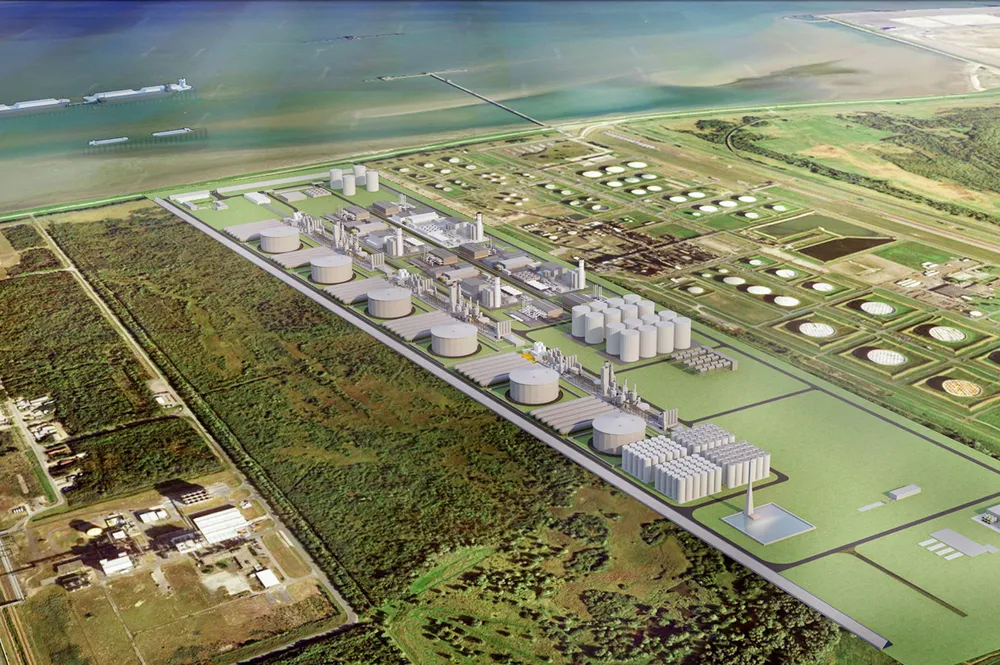Oil major TotalEnergies and TES chase green hydrogen subsidies for gigawatt-scale US e-methane plant
Pair plan to take FID next year on a so-called ‘e-NG’ facility that combines renewable H2 with ‘biogenic’ carbon dioxide

Pair plan to take FID next year on a so-called ‘e-NG’ facility that combines renewable H2 with ‘biogenic’ carbon dioxide
